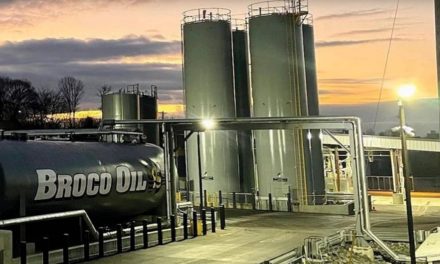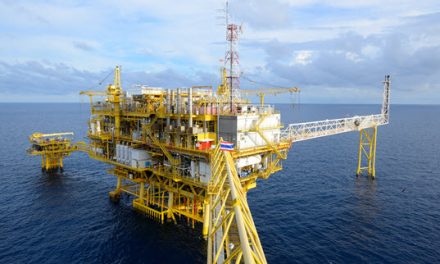The Environmental Protection Agency (EPA) issued its final determination on the appropriateness of model year 2022-2025 vehicle emissions standards today, effectively triggering a new process to revise the standards later this year. American Coalition for Ethanol (ACE) CEO Brian Jennings called the decision an opportunity for high-octane fuel to play a role in helping automakers reduce GHG emissions from automobiles with the following statement:
“The previous administration refused to acknowledge the inescapable link between tailpipe emissions and fuel, overlooking the role fuels with a higher octane rating than today’s gasoline could play in reducing GHG emissions and improving fuel economy. ACE members are encouraged EPA Administrator Pruitt has changed course and sought information on the potential for high-octane blends, and likewise, we appreciated when Bill Wehrum of EPA’s Office of Air and Radiation brought up ethanol’s octane benefits in his meeting with us during our recent Washington, D.C. fly-in.
“Some might argue today’s decision means EPA will eventually relax GHG standards allowing more gasoline use and tailpipe pollution, but not if the new standards pave the way for E25-30 high-octane fuel in future engines. Ethanol-enriched, high-octane fuel enables automakers to simultaneously reduce GHG emissions and improve fuel economy. We are confident E25-30 blends will be the most affordable way to thread that needle.”
Below are steps ACE encourages EPA to take during its next rulemaking process to enable high-octane fuel to play a role in helping automakers meet future GHG standards, including:
- Approve an alternative certification fuel with 25-30 percent ethanol and a minimum octane of 98-100 Research Octane Number (RON) so automakers can begin testing future engines on a high-octane blend.
- Establish a minimum octane performance standard for fuel in the range of 98-100 RON.
- Restore credits to automakers for the manufacture of flexible fuel vehicles and consider a new incentive for future engines designed to achieve optimal efficiency on high-octane fuels.









